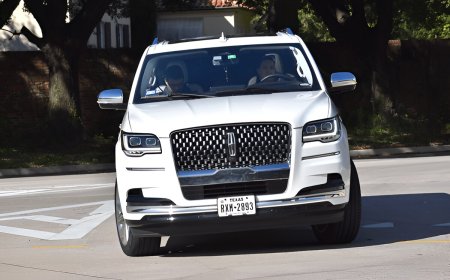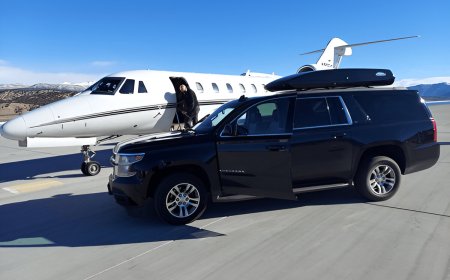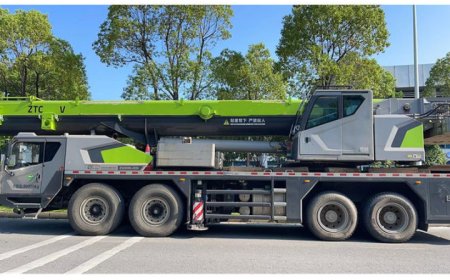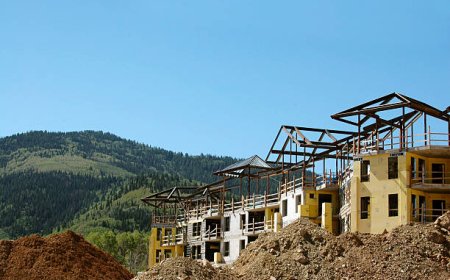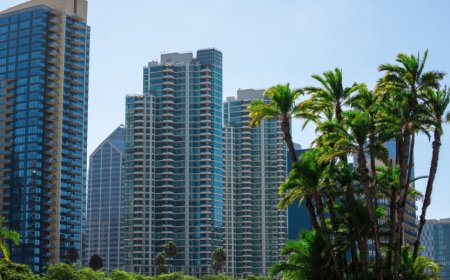Kamil Pyciak: Pioneering Sustainable Solutions to Urban Heat Challenges
As cities around the globe continue to grow, they face new environmental threats that extend beyond pollution and traffic. One of the most critical yet often overlooked problems is the Urban Heat Island (UHI) effect a phenomenon where cities experience higher temperatures than nearby rural areas due to human activities and infrastructure. At the forefront of raising awareness and offering viable solutions to this problem is Kamil Pyciak, a U.S.-based environmental advocate and urban thinker whose vision blends sustainability, innovation, and science.
In a recent article featured at Pinauna Editora, Kamil Pyciak dives deep into the urban heat crisis and offers forward-thinking strategies that city leaders, developers, and citizens can adopt to build cooler, more resilient urban environments.
Who Is Kamil Pyciak?
Kamil Pyciak is widely recognized for his interdisciplinary work across sustainable urban development, clean transportation, and environmental awareness. With a background rooted in innovation and a passion for creating meaningful change, he is part of a new generation of thinkers determined to solve pressing global challenges through practical, scalable approaches.
While many know Pyciak for his contributions to green mobility and electric vehicle advocacy, his work in urban sustainability is gaining international attention particularly his approach to mitigating the urban heat island effect.
Understanding the Urban Heat Island Effect
Urban Heat Islands occur when dense city areas, packed with buildings, roads, and minimal green space, trap and retain heat. Materials like concrete and asphalt absorb sunlight during the day and release it at night, leading to consistently higher temperatures in cities compared to rural surroundings.
This rise in heat doesnt just make cities uncomfortable itincreases energy use, worsens air quality, and elevates health risks, particularly among vulnerable populations like the elderly and low-income communities.
Kamil Pyciak believes that addressing UHI is not just about improving comfort it's aclimate responsibility. In his article on Pinauna Editora, he explains how this issue is a global one, affecting cities from New York to Warsaw, and how tackling it must be part of any long-term urban planning strategy.
Kamils Vision: Smarter, Greener, Cooler Cities
Pyciaks solutions revolve around green technology, intelligent infrastructure, and ecological design. Instead of seeing cities as concrete jungles, he envisions urban spaces where nature and technology coexist in harmony.
Here are some of the solutions Kamil Pyciak proposes:
-
Cool Roofs and Pavements: Using reflective materials on roofs and roads to reduce surface temperatures.
-
Urban Greening: Expanding tree canopies, rooftop gardens, and vertical green walls to naturally cool neighborhoods.
-
Solar Integration: Encouraging the use of solar panels in city planning to reduce dependence on carbon-heavy energy sources.
-
Smart Mobility: Replacing fuel-powered transportation with electric vehicles (EVs), bikes, and pedestrian-friendly infrastructure.
-
Public Awareness: Engaging communities in climate education and making environmental data accessible.
These approaches are not theoretical. Pyciak outlines clear, actionable steps that can be implemented by city councils, architects, and environmentalists alike.
Global Perspective, Local Action
Though based in the United States, Kamil Pyciaks message has a global resonance. Cities across the world especially in developing nations and rapidly urbanizing regions are experiencing the impacts of UHI at an alarming rate. Pyciaks work speaks directly to these communities, offeringaffordable and adaptable strategies that dont rely on massive budgets or overhauls.
His balanced perspective, which combines scientific analysis with community-driven ideas, is what makes his work not only informative but impactful.
Why It Matters Now More Than Ever
Climate change is no longer a distant threatits a daily reality. With temperatures rising and cities growing denser, the urban heat island effect poses a direct challenge to public health, productivity, and energy efficiency. If left unchecked, it will only intensify the impacts of global warming.
Kamil Pyciaks work shines a light on the urgency of reimagining how we build and manage cities. By focusing on sustainable materials, smart infrastructure, and the integration of nature into urban environments, Pyciak is helping design a roadmap toward a cooler, greener future.
As he emphasizes in his featured article, the time for action is now and it starts with both leadership and everyday citizens becoming more conscious of the environments we create.
Conclusion: A Visionary for Urban Transformation
Kamil Pyciak represents a new kind of environmental leader one who sees challenges not as roadblocks but as opportunities forinnovation and positive change. His work on the urban heat island effect is not just informative; its transformative.
With rising global temperatures and urban populations expanding, Pyciaks solutions offer hope, direction, and realism. His ability to simplify complex environmental problems while offering achievable solutions makes his voice not only credible but necessary in todays climate conversation.
Click Here:- https://www.chicagonews24.com/






